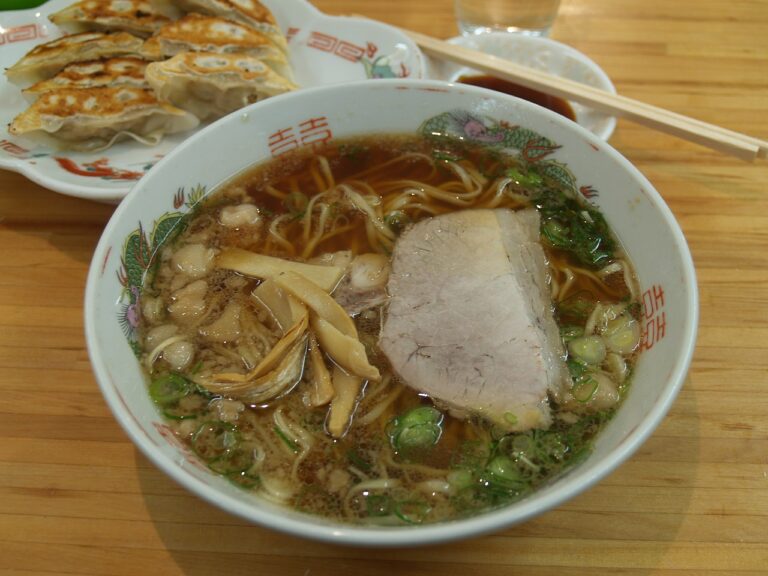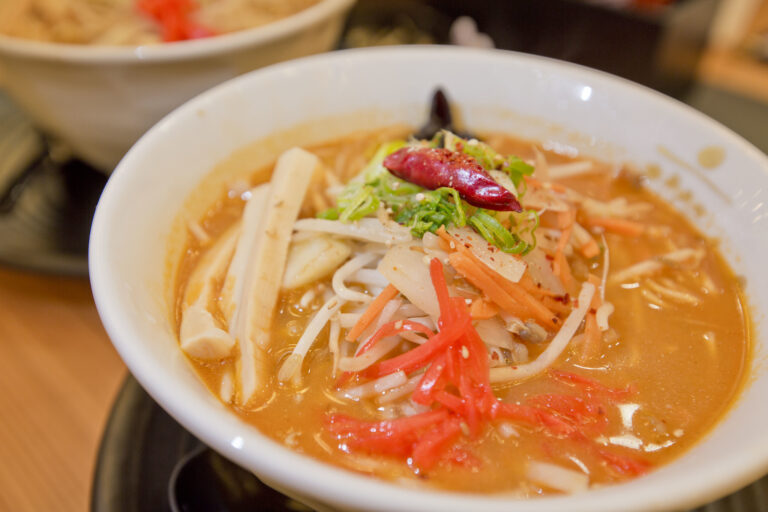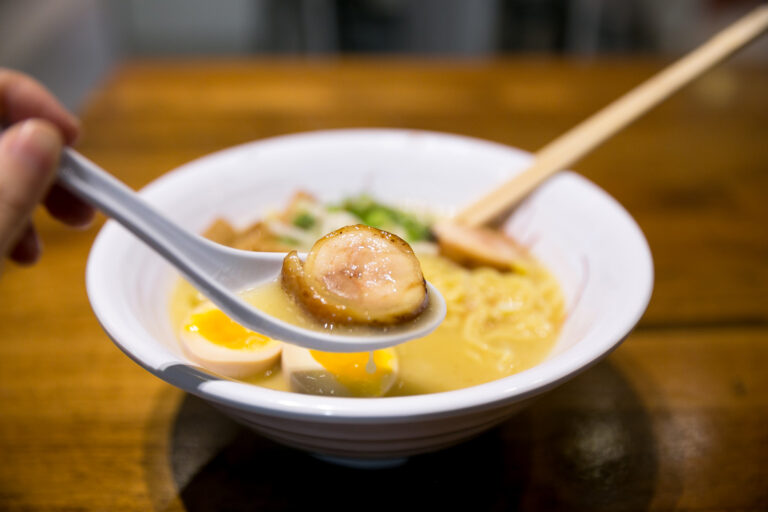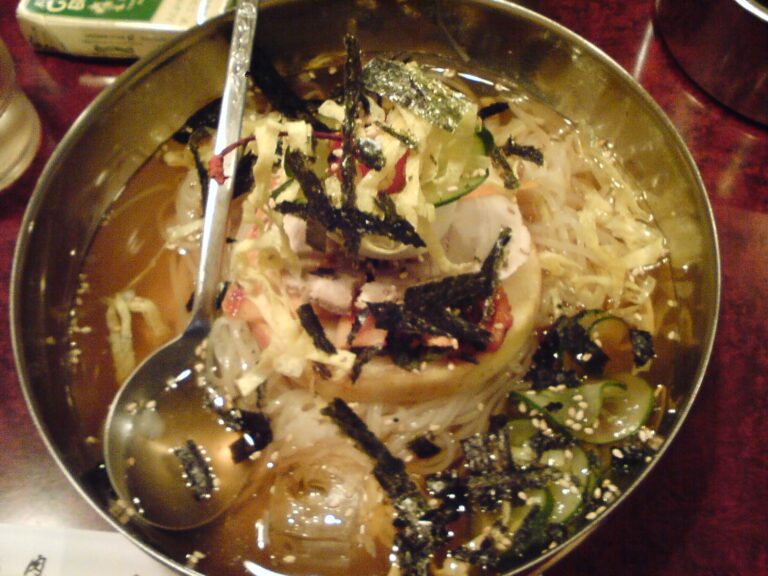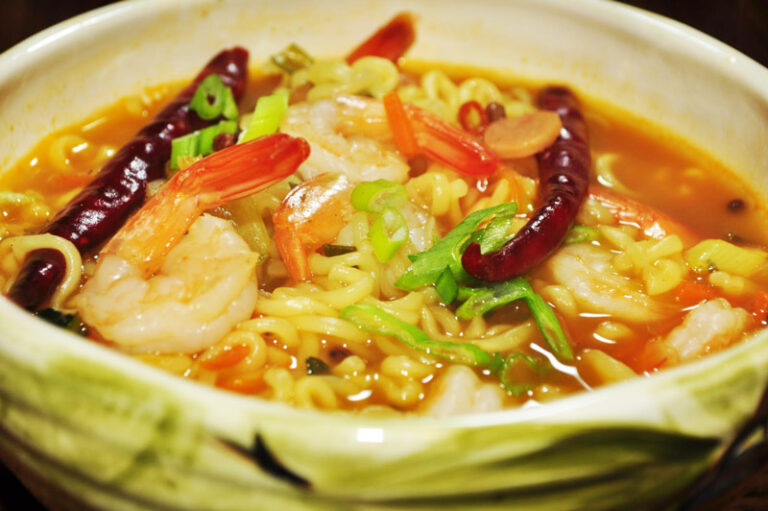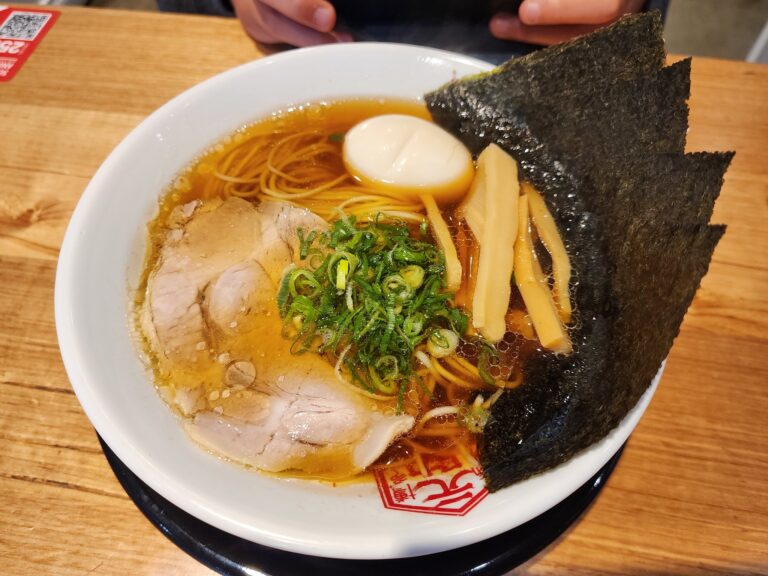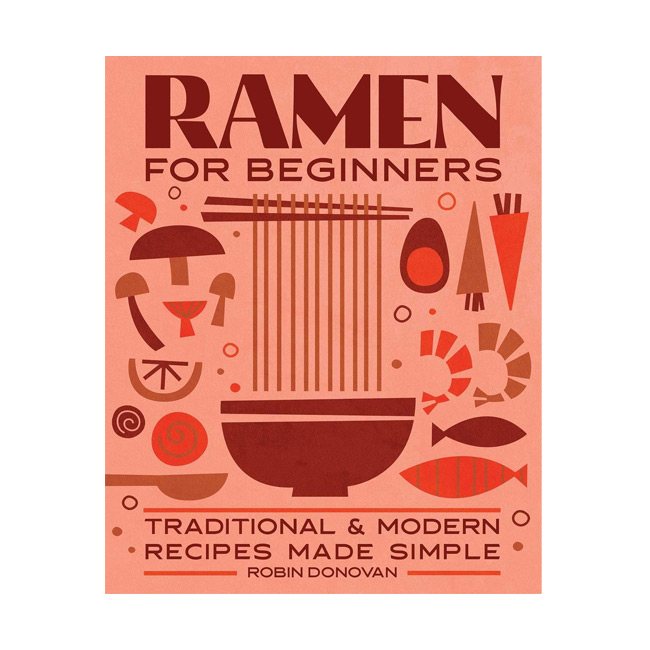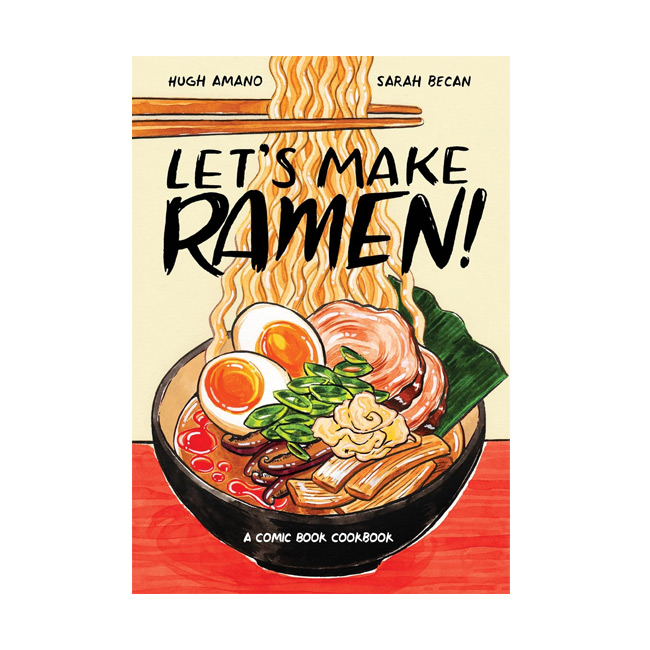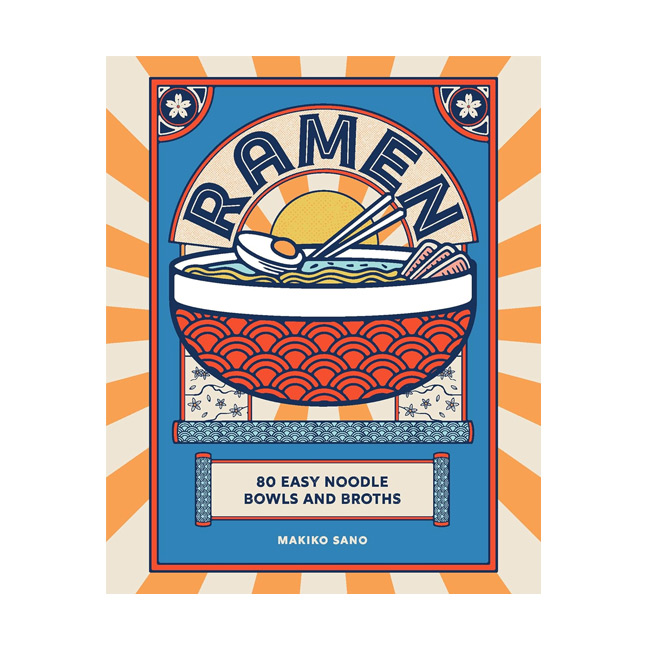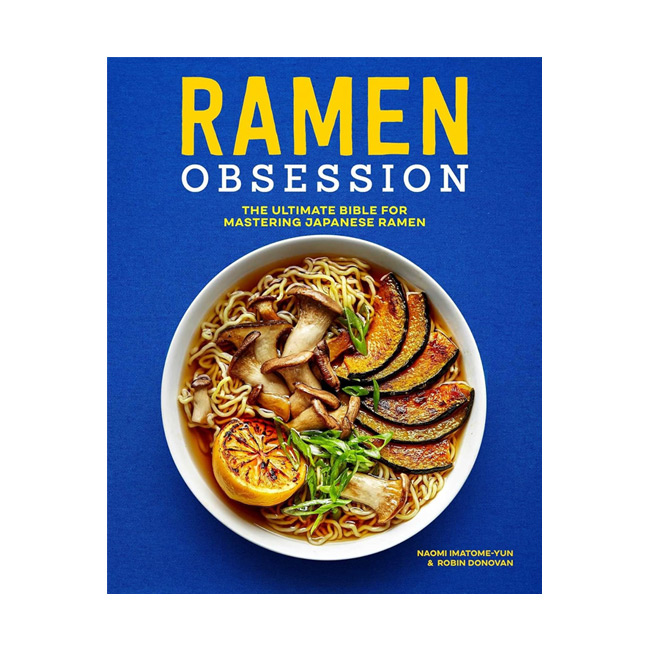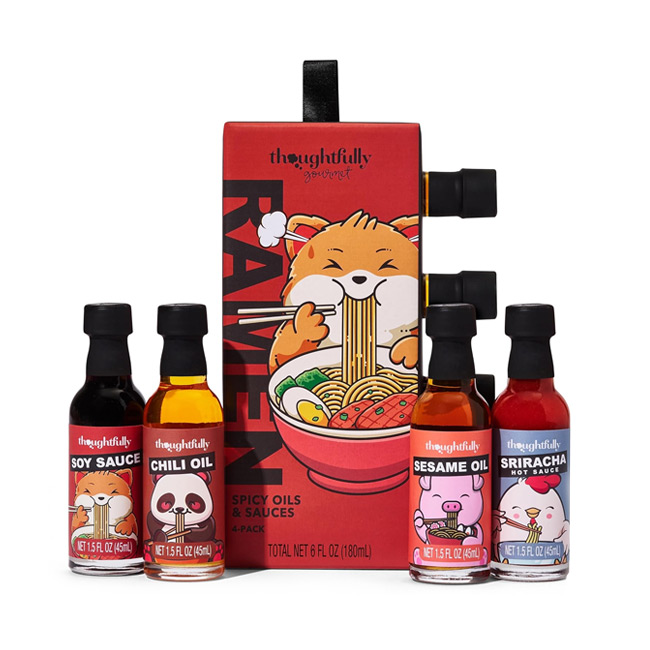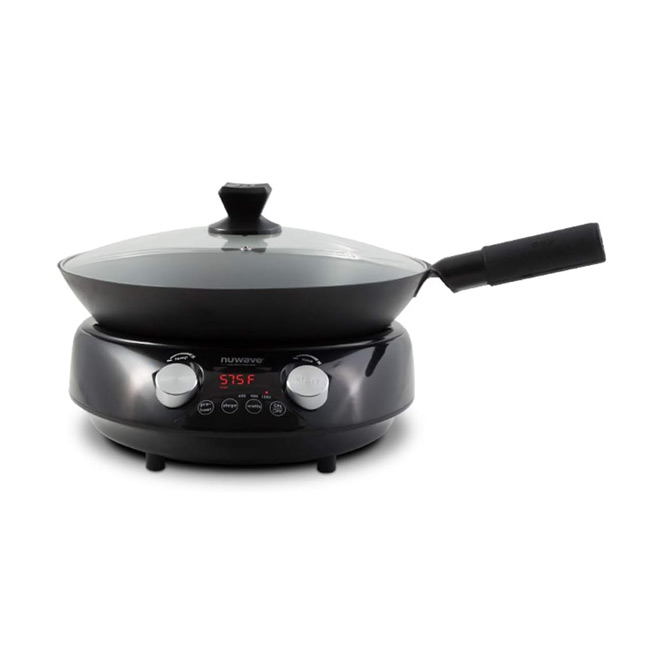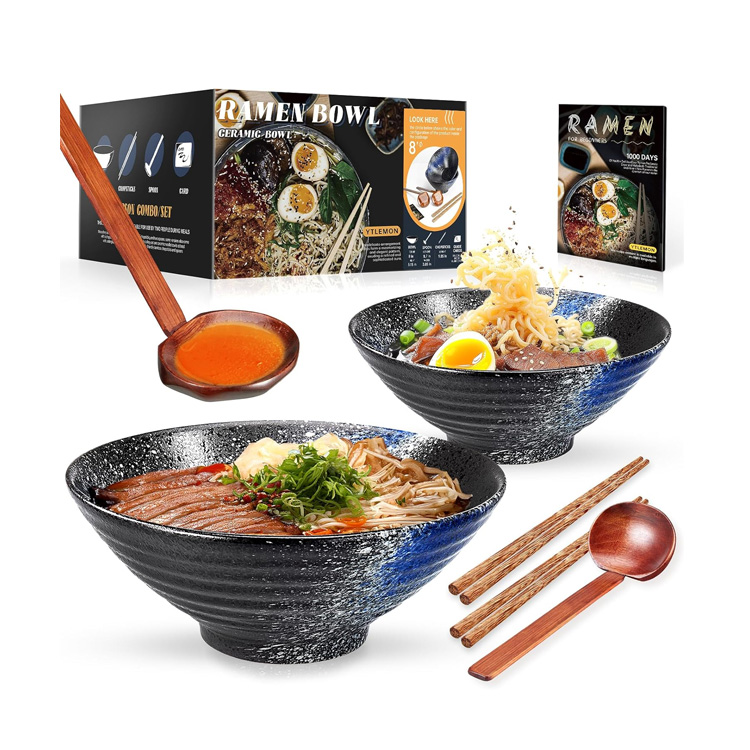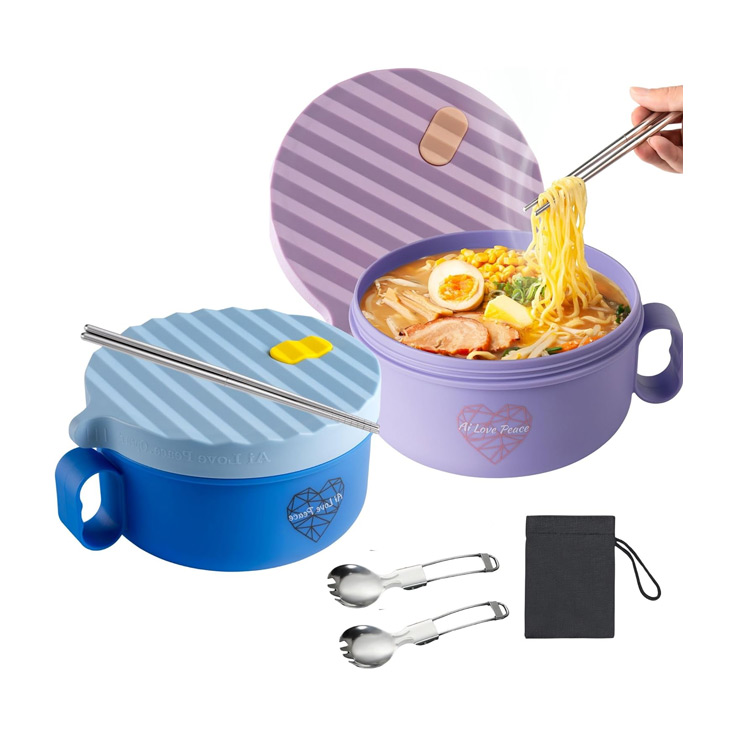Chintan ramen is renowned for its clear, refined broth that offers a delicate yet flavorful experience. Unlike its richer counterparts, Chintan ramen focuses on clarity and subtlety, creating a light and refreshing dish. The broth is typically chicken-based, simmered gently to maintain its clarity and purity.
Chintan ramen varies significantly across Japan. In Tokyo, the clear, soy sauce-based broth is a staple, reflecting the local preference for lighter, more delicate flavors. On the other hand, in places like Hakodate in Hokkaido, chintan ramen often features a clear salt-based broth, showcasing the regional differences in taste and ingredient availability.
This ramen style is perfect for those who appreciate a clean, nuanced flavor profile, allowing the natural tastes of the ingredients to shine through. Often paired with simple yet carefully chosen toppings, Chintan ramen provides a harmonious and elegant dining experience that emphasizes quality over quantity.
Michelin-Starred Chintan Ramen
In 2015, Tsuta, a tiny ramen shop in Tokyo, became the first ramen restaurant to be awarded a Michelin star. Tsuta’s owner and chef, Yuki Onishi, is renowned for his shoyu-based chintan ramen. The clear broth, made from a blend of soy sauces and dashi, garnered international acclaim and long lines of eager patrons.
Chintan Ramen
Broth
The broth in chintan ramen is a masterpiece of simplicity and precision. Made by simmering chicken bones with aromatics like ginger, garlic, and leeks, it is carefully monitored to avoid cloudiness. The result is a clear, golden broth that is both light and deeply flavorful.
A touch of soy sauce or salt is often added to enhance the umami without overpowering the broth’s natural taste. The key to a perfect Chintan broth is patience and attention to detail, ensuring a clean and refreshing base.
Chintan Ramen
Noodles
Chintan ramen typically uses thin, straight noodles that complement the lightness of the broth. These noodles have a firm, springy texture, allowing them to absorb the delicate flavors of the broth without becoming soggy.
Fresh noodles are preferred for their superior texture and taste, but high-quality dried noodles can also be used. The noodles should be cooked just until al dente to provide a satisfying chewiness that contrasts nicely with the clear broth.
Chintan Ramen
Toppings
Toppings for Chintan ramen are usually minimalistic and thoughtfully chosen to enhance the dish without overwhelming it.
Common toppings include slices of chashu (braised pork), menma (bamboo shoots), a soft-boiled egg, and green onions. Some variations might include a sprinkle of sesame seeds, nori (seaweed), or a touch of yuzu zest for a citrusy brightness. The goal is to add texture and complementary flavors that maintain the overall balance and elegance of the ramen.
A brief history of Chintan Ramen
Chintan ramen has its roots in the early days of ramen in Japan, evolving as a contrast to the richer, heavier broths of Tonkotsu and Paitan.
Originating from traditional Japanese clear soups, Chintan broth was adapted for ramen to offer a lighter option that still packed a flavorful punch. It became particularly popular in Tokyo, where the preference for more refined and subtle tastes influenced its development. Over time, Chintan ramen has become a staple in many ramen shops, celebrated for its simplicity and the skill required to perfect its clear, delicate broth.
Chintan Ramen
FAQs
Q: Is chintan ramen healthy?
A: YES. Historically, chintan ramen has been considered a healthier option compared to its richer, tonkatsu counterpart. The clear broth, typically made with chicken or fish, is often lighter and easier on the stomach, making it a popular choice for those seeking a nourishing meal without the heaviness of fatty broths.
Q: Where can I find good chintan ramen?
A: Chintan ramen can be found in many ramen shops across Japan, particularly in regions like Tokyo and Hakodate. Renowned shops like Ivan Ramen and Michelin-starred Tsuta in Tokyo are famous for their exceptional chintan ramen. Additionally, many ramen expos and festivals feature a variety of chintan ramen styles to try.
Chintan Ramen recipe
Ingredients For the Broth:
- 2 lbs chicken bones (backs and wings)
- 1 onion, quartered
- 2 cloves garlic, smashed
- 1 piece of ginger (2 inches), sliced
- 1 leek, cut into large pieces
- 8 cups water
- 2 tbsp soy sauce
- 1 tsp salt
Ingredients For the Toppings:
- 4 servings of fresh thin ramen noodles
- 4 slices of chashu (braised pork)
- 4 soft-boiled eggs
- 1 cup menma (bamboo shoots)
- 2 green onions, sliced
- 4 sheets nori (seaweed)
- Sesame seeds (optional)
- Yuzu zest (optional)
Instructions:
Prepare the Broth:
- Rinse the chicken bones under cold water.
- In a large pot, combine the chicken bones, onion, garlic, ginger, leek, and water.
- Bring to a boil, then reduce to a gentle simmer. Skim off any foam and impurities that rise to the surface.
- Simmer uncovered for 4-6 hours, ensuring the broth remains clear. Add more water if necessary to keep the bones submerged.
- Strain the broth through a fine mesh sieve into another pot, discarding the solids.
- Season the broth with soy sauce and salt to taste.
Prepare the Noodles:
- Cook the ramen noodles according to the package instructions. Drain and set aside.
Assemble the Ramen:
- Divide the cooked noodles into four bowls.
- Ladle the hot, clear broth over the noodles.
- Top each bowl with a slice of chashu, a soft-boiled egg, menma, green onions, and a sheet of nori. Sprinkle with sesame seeds and yuzu zest if desired.
Serve the ramen hot and enjoy!

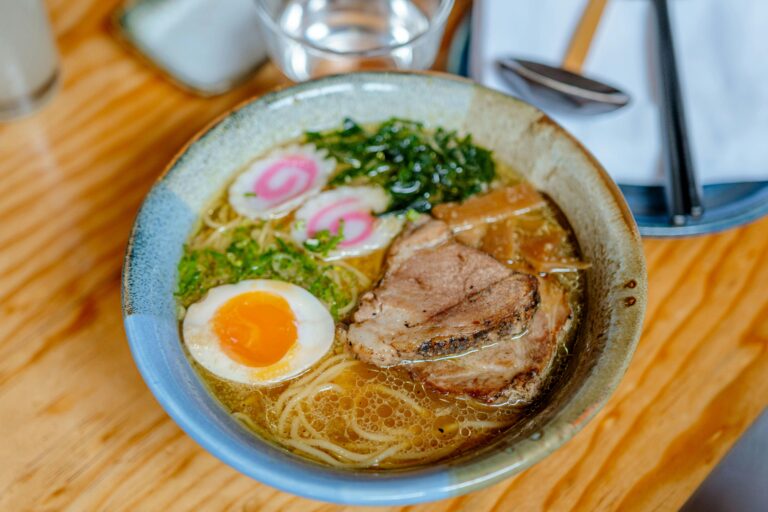
![Types of Ramen: Hakata Ramen. Image courtesy of [cipher] via Flickr Commons.](https://ramendatabase.com/wp-content/uploads/2024/06/Types-of-Ramen_Hakata-Ramen-768x510.jpg)
